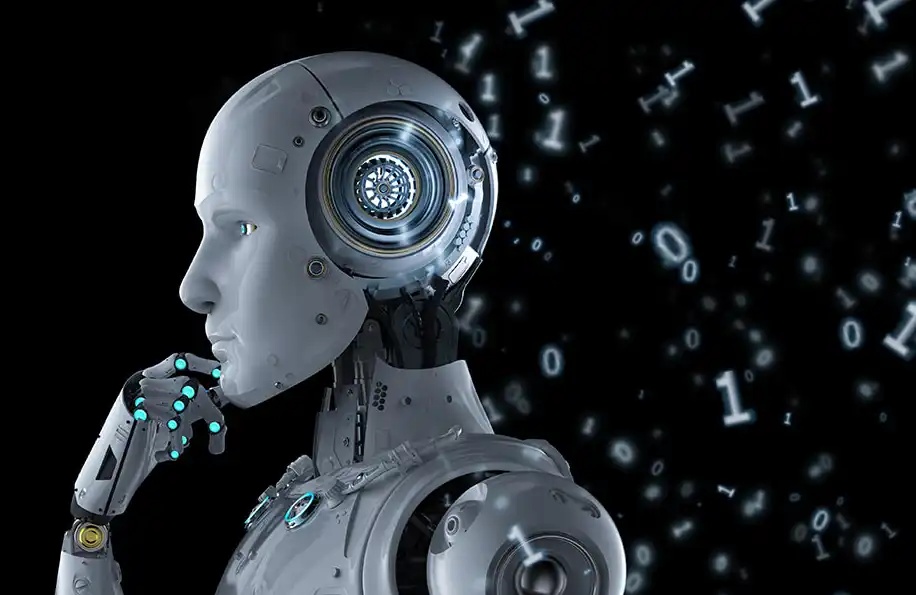Multicoin Capital: Build the GPU Internet and create a new situation in the artificial intelligence computing market
Original title: Building The Internet of GPUs
Original author: SHAYON SENGUPTA, investment partner of Multicoin Capital
Original compilation: Kate, Mars Finance
We are pleased to announce our investment in io.net, the leading distributed computing marketplace for artificial intelligence workloads. We led the seed round and participated in the Series A round. In total, io.net has raised $30 million from Multicoin, Hack VC, 6th Man Ventures, Modular Capital, and a group of deeply connected angel investors to enable an on-demand production-ready computing market.
I first met Ahmad Shadid, founder of io.net, at the Austin Solana Hacker House in April 2023, and was immediately attracted by his interest in working with ML Attracted by the unique focus on democratizing access to computing resources.
The io.net team has been executing on this theory at light speed ever since. Today, the network has brought together tens of thousands of distributed GPUs, providing more than 57,000 computing hours to AI enterprises. We are excited to partner with them as they drive the AI renaissance of the next decade.
Global computing shortage
The demand for artificial intelligence computing is growing at an alarming rate, The demand is insatiable. Data center revenue for AI workloads exceeds $100 billion in 2023, but even in the most conservative scenario, demand for AI exceeds chip supply.
In a time of high interest rates and scarce capital, new data centers capable of housing this type of hardware require significant upfront investment. The crux of the matter lies in the production constraints of advanced chips like the NVidia A100 and H100. While GPU performance continues to improve and costs steadily decrease, the physical manufacturing process is not accelerating fast enough, and shortages of raw materials, components, and production capacity are limiting the pace of growth.
While AI holds great promise, its physical footprint is growing, and its demands for space, power, and cutting-edge equipment are straining budgets around the world. IoT paves the way for a world where our accelerated efforts are not limited by current supply chains.
io.net is a classic example of DePIN theory: using token incentives to structurally lower the cost of acquiring and retaining supply-side resources, and ultimately lowering costs for the end consumer. The network brings together a large number of heterogeneous GPUs into a shared pool for use by AI developers and companies. Today, the network is powered by thousands of GPUs from data centers, mining farms, and consumer devices.
While the aggregation of these resources is valuable, AI workloads do not automatically scale from centralized enterprise-grade hardware to distributed networks. In the history of cryptocurrencies, there have been several attempts to build distributed computing networks, most of which failed to generate meaningful demand-side volumes.
The problem of orchestrating and scheduling workloads across heterogeneous hardware (with different memory, bandwidth, and storage configurations) is not simple. We believe the io.net team has the most practical solution on the market today to make this hardware aggregation useful and cost-effective for end customers.
Paving the way for clusters
In the history of computing, software frameworks and design patterns is shaping itself around the hardware configurations available on the market. Most frameworks and libraries for AI development rely heavily on centralized hardware resources, but the past decade has seen significant progress in distributing these workloads across discrete instances of geographically distributed hardware.
io.net leverages the underlying hardware that exists in the world, deploys custom networking and orchestration layers on top of them, brings them online, and creates a hyper-scalable GPU internet. The network leverages Ray, Ludwig, Kubernetes, and various other open source distributed computing frameworks to allow machine learning engineering and operations teams to scale their workloads with minimal adjustments on the GPU network.
ML teams can parallelize workloads on io.net GPUs by launching clusters on demand and leverage these libraries to handle orchestration, scheduling, fault tolerance, and scaling. For example, if a group of motion graphics designers contribute their home GPUs to the network, io.net can build a cluster that thoughtfully makes the collective computing resources accessible to image diffusion style model developers anywhere in the world.
BC8.ai, a fine-tuned variant of Stable Diffusion - trained entirely on io.net hardware - illustrates this point. The io.net browser displays real-time inference and pays network contributors.
Each inference is recorded on-chain to provide provenance. The price for this particular image generation is a cluster of six RTX 4090s, consumer-grade GPUs used for gaming.
Today, there are thousands of devices on the network, spanning mining farms, underutilized data centers, and rendering network consumer nodes. In addition to creating new GPU supply, io.net is able to compete on cost with traditional cloud providers, often offering cheaper resources.
They achieve these cost savings by outsourcing GPU coordination and overhead to the protocol. Cloud computing providers, on the other hand, put a markup on infrastructure costs because they have staff fees, hardware maintenance, and data center overhead. The opportunity cost of consumer card clusters and mines is significantly lower than what hyperscalers are willing to accept, so there is structural arbitrage, with resources on io.net being dynamically priced below growing cloud rates.
Building the GPU Internet
Io.net has a unique advantage, that is, keeping it light assets and reduce the marginal cost of serving any given customer to nearly zero while building direct relationships with both the supply and demand sides of the market. They are well-positioned to serve the thousands of new businesses that need to use GPUs to build competitive products that everyone will one day interact with.
We are excited to partner with Ahmad and the rest of the team as they build and accelerate the advancement of artificial intelligence around the world. If you're building compute-intensive applications, you can access io.net's resources by registering here. If you have latent GPUs, you can also contribute them to the network and earn points for doing so.
Original link
Welcome to join the official BlockBeats community:
Telegram Subscription Group: https://t.me/theblockbeats
Telegram Discussion Group: https://t.me/BlockBeats_App
Official Twitter Account: https://twitter.com/BlockBeatsAsia


 Forum
Forum Finance
Finance
 Specials
Specials
 On-chain Eco
On-chain Eco
 Entry
Entry
 Podcasts
Podcasts
 Activities
Activities
 OPRR
OPRR









